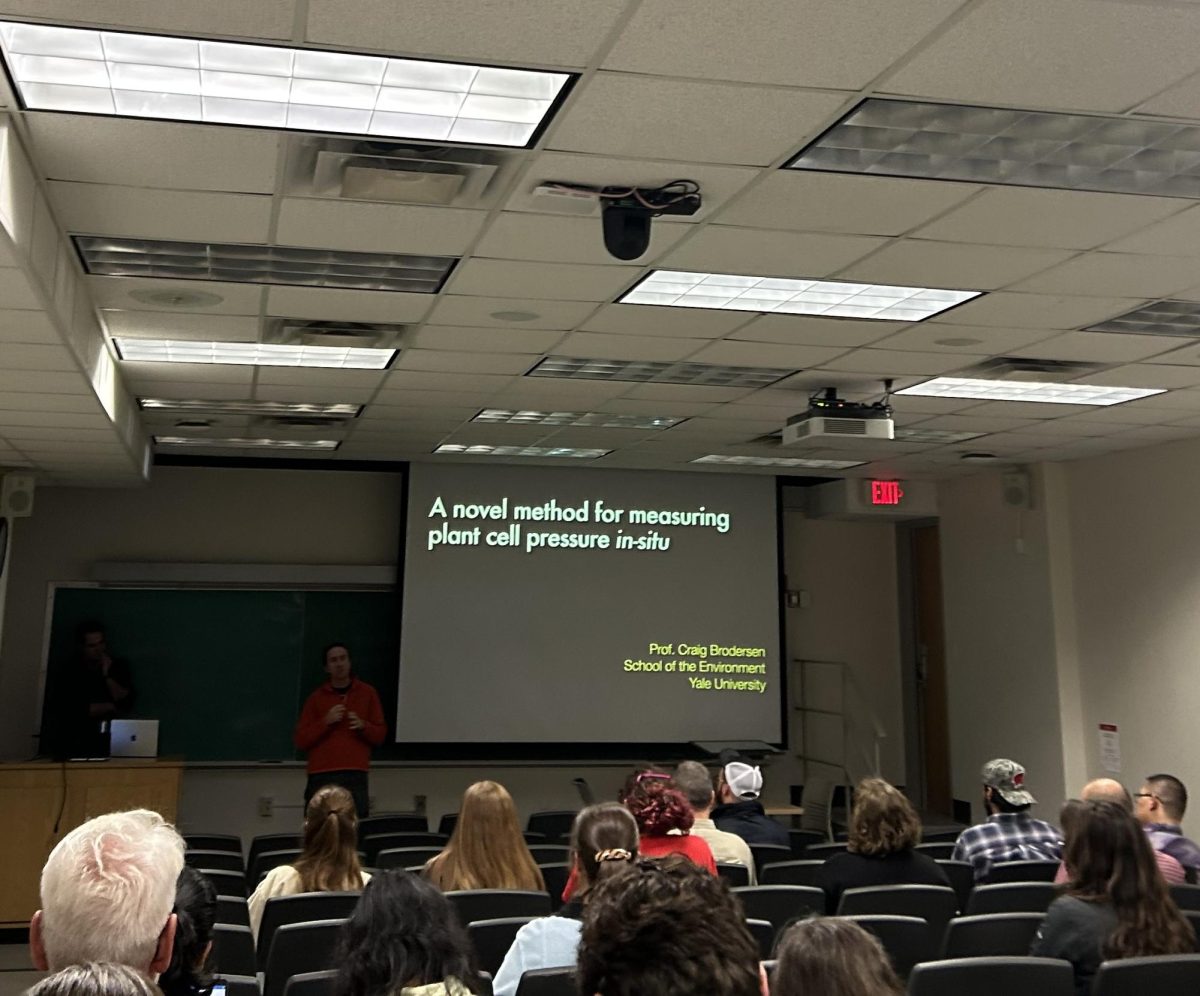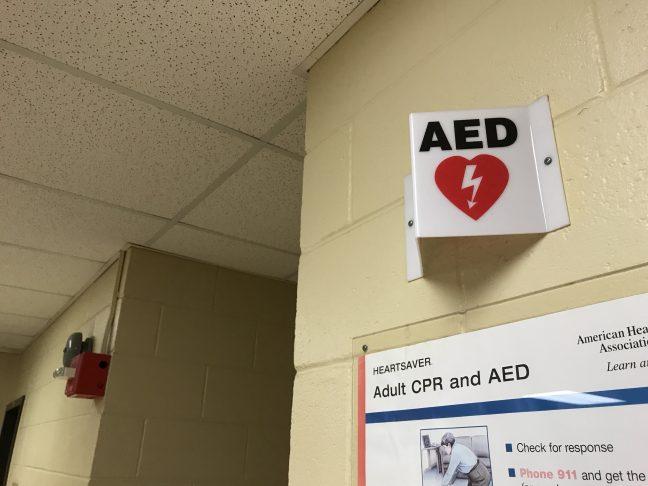The University of Wisconsin held its 11th annual Cool Science Image Contest, which emphasizes the range and beauty of science. The winners this year not only had impressive entries stemming from work in a myriad of scientific fields but also demonstrated an interesting perspective of scientific imaging and its significance.
According to a media release from the university, a panel of nine experienced artists, scientists and science communicators chose the winning pieces — which included 10 images and two videos, all taken by UW students, faculty and staff.
The Cool Science Image Contest ties creativity and innovation together. The range from biological to physical science is effectively portrayed through the contest winners, providing a unique opportunity for science communication.
A good science image is captivating and artistic, but just as importantly it casts question and intrigue onto the captured subject, contest organizer and UW science writer Chris Blanchard said.
“It’s much easier to get people interested in something that’s fascinating, that’s interesting, that pulls you in, and it’s the artistic elements in these, which you might otherwise consider hard science pictures, that really grips people,” Blanchard said. “And that’s where you get people to take a step beyond that initial wow factor to say why is this so amazing to me, why is this image so beautiful, and that’s the artistic aspects that make images like these really effective for communicating science.”
A prime example of the use of captivating images to communicate science was graduate student Rebecca Salamon’s winning image. After multiple attempts using a confocal microscope, she was finally able to capture an image of a mouse heart, with easy-to-trace and three-dimensional stained nerves.

Rebecca Salamon
This image was the direct result of Salamon’s research, allowing her to publish a methods paper on how to study hearts’ nerves without any physical manipulation of the heart and giving rise to her current thesis project.
“This was one of the first images I took, and I would say this was the image I was most excited about,” Salamon said. “I still get excited every time I take a cool heart image. Getting that image was one of the most exciting days in the lab.”
Another contest winner was Jeffrey Shokler, the director of technology and assessment for UW’s Office of Undergraduate Advising. Shokler secured one of the winning spots with a telescopic image of Orion Nebula, one of the closest stars to Earth.
New study finds uncharacterized molecules in vaping aerosols, posing new threats to users
To Shokler, the photo was a personal triumph given his long established interest in astronomy. In an email to The Badger Herald, he explained there were many complicated nuances and details that went into taking this photo.
The photo required a specific camera, telescope and timing in order to turn out right, but this did not faze him. The challenge of taking the photo made it more alluring to Shokler.
“Long exposure astrophotography is technically difficult, perhaps not ‘hard,’ because there are so many ways that things can go wrong over the innumerable steps between data collection in the field, processing of the data and the finished image itself,” Shokler said. “It is that challenge, and results like this, that keep astrophotography interesting and fun for me as a hobby!”
UW undergraduate student Shin-Tsz (Lucy) Kuo was one of two undergraduate winners. Her close-up of a pair of dragonflies gliding across the water, captured on a simple point-and-shoot camera, pushes the boundaries of what is a strong science image.
The most inspiring aspect of her winning photograph is not only the simplicity of the tool but also the fact that Kuo is a computer studies and economics major who found interest in dragonflies as a past-time.

Shin-Tsz (Lucy) Kuo
Through her win, Kuo showed that science photography can be done by anyone, since the significance of a photo lies not only in what it communicates but also how it increases appreciation of the world and nature. In an email to The Badger Herald, Kuo said that photography is good at finding beauty in the ordinary.
“I find photography’s ability to preserve moments in time significant,” Kuo said. “The photo captures something we may have overlooked otherwise, and in the context of science, which places such an emphasis on evidence, providing photos can serve to introduce people to new concepts or back up discoveries. I also feel that a single image can communicate points that descriptions may not always be able to as effectively.”
As UW put it in announcing the winners of the contest — there is sometimes “no substitute for the visual” when it comes to science communication.














